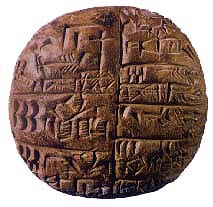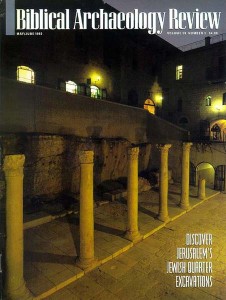Ebla: A New Look at History
Giovanni Pettinato, transl. C. Faith Richardson (Baltimore: Johns Hopkins Univ. Press, 1991), 290 pp., including 16 maps and illustrations, 8 tables, $36.95

“Absolutely deluged by a sea of written documents.” That was how author Giovanni Pettinato felt after September 1975. University of Rome excavators, led by Paolo Matthiae, had found thousands of clay tablets in a ruined Early Bronze Age palace in northern Syria. Charged to identify, catalogue and translate them, Pettinato was puzzled. The cuneiform signs resembled familiar Babylonian ones, yet many did not seem to be used in the same way as they were for writing Sumerian in Babylonia. After weeks of study, he concluded that they were being used for writing a West Semitic language, related to Hebrew and Phoenician, which he called paleo-Canaanite. With this key he opened the world of these texts, and that is the world he expounds in his new book, translated from the 1986 Italian edition.
Already a library member? Log in here.
Institution user? Log in with your IP address.

